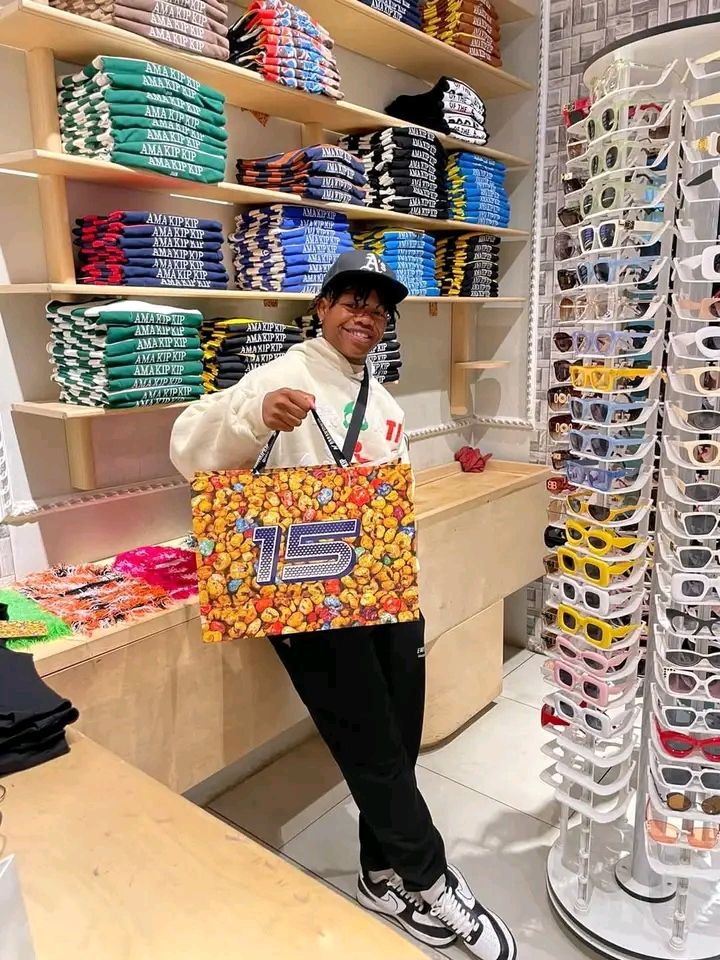From 10 Tees to Culture Icon: The Rise of AMAKIPKIP and Its Lessons for Entrepreneurs

From 10 Tees to Culture Icon: The Rise of AMAKIPKIP and Its Lessons for Entrepreneurs. In 2006, a young entrepreneur from Soweto named Nkosana Modise launched AMAKIPKIP with just ten T‑shirts and a small kiosk in The Zone mall, aided by his mother’s support. That modest beginning was fueled by passion more than capital, and it set the tone for a brand rooted in culture, community and street style.
Finding Identity in Culture and Creativity
The name AMAKIPKIP came from township slang, injecting humour and authenticity into the brand. Inspired by the rise of South African hip‑hop and artists like Da L.E.S and Scoop Makhathini, the brand captured local flavour in bold tees, hoodies and styles.
Lesson: Anchor your brand in lived culture. When designs speak the language of your audience, they resonate more deeply.

Strategic Popups and Retail Expansion
The first flagship in Randburg arrived in 1999, followed by a key location next to YFM studios in Rosebank. These sites placed AMAKIPKIP at cultural pressure points, making it accessible to trendsetters and early adopters. This visibility made the brand a staple for cool, urban customers.
Lesson: Choose locations that amplify your brand story. Proximity to influencers drives credibility and buzz.
Going Global and the Power of Persistence
In 2003 AMAKIPKIP debuted in the US at The Magic Show in Las Vegas. Retailers like Galeries Lafayette and Le Bon Marché in Paris followed through designer connections. Against local skepticism, Modise ignored naysayers, kept quality high, and stayed true to the brand’s DNA Daily.
Lesson: Be bold in ambition and steadfast in identity. Global gains come when culture meets craftsmanship.

Surviving Dormancy and Reinvention
After rapid early growth, AMAKIPKIP faced production and institutional fatigue. The brand went dormant between 2012 and 2015 before relaunching and opening new stores in Cape Town’s Canal Walk and Montecasino by 2016. This reset allowed the brand to rebuild deliberately and thoughtfully.
Lesson: Sometimes slowing down is the key to future strength. Reinvest in clarity and structure before relaunching.
Returning Home with Ethical Manufacturing
Part of AMAKIPKIP’s revival involved relocating production from Asia back to South Africa, prioritizing local craftsmanship, job creation and transparency. By owning its process and material quality, the brand reinforced its community credibility and control.
Lesson: Respect your roots. Local production aligns your brand purpose with practices and builds deeper trust.

Defining Strengths Behind the Brand
- Authentic storytelling: Rooted in township culture and owned by a local visionary.
- Community-first retail: Focused on cultural hubs and long-term relationships.
- International ambition: Steady global outward expansion from early on.
- Adaptive resilience: Conscious pause, pivot, and comeback.
- Responsible manufacturing: Proudly bringing production home.
Final Reflection
AMAKIPKIP’s journey shows that true brand success is forged from authenticity, resilience, and strategic recalibration. Nkosana Modise’s path from humble kiosks to cultural authority reminds entrepreneurs everywhere: start with your story, defend your values, and grow with intention.


